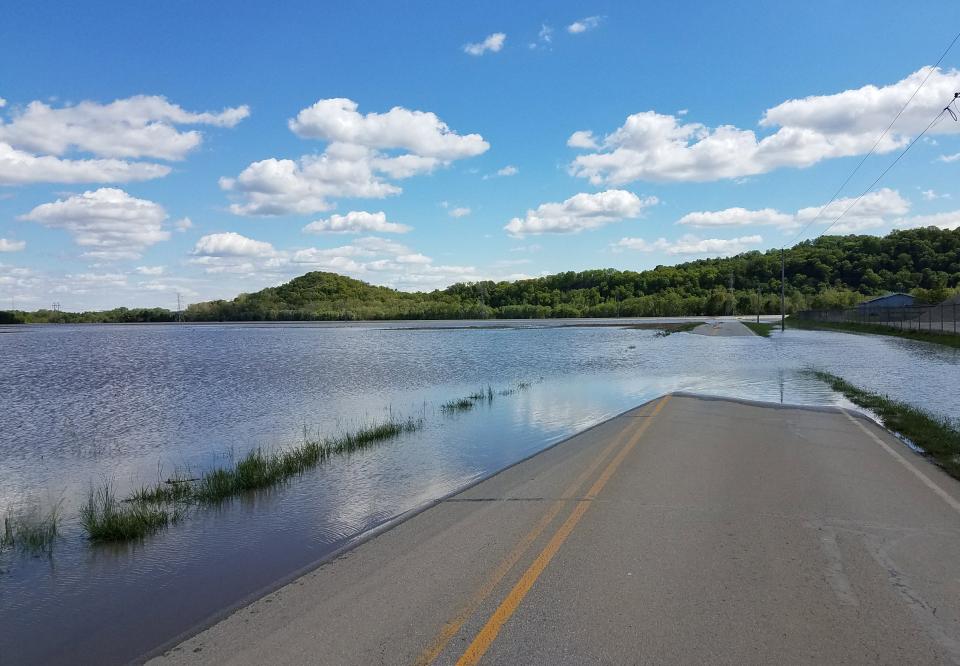Op/Ed: With 85% of its wetlands gone, Indiana makes big investment in land conservation
It is time for Indiana to prioritize conservation. Recently, Indiana state leaders seized a tremendous opportunity to invest in the future of our state by passing one of the largest investments in land conservation in 30 years.
Hundreds of years ago, dense forests covered the vast majority of the state while healthy and abundant wetlands buffered the shores of Lake Michigan. Today, only 15% of the state’s historic wetlands remain, and in recent years, the amount of land covered by forests has decreased in 85 of the state’s 92 counties. As Indiana’s landscape has changed, so too have the wildlife that depend on it. Birds such as the yellow-headed blackbird and black tern, which rely on quality wetlands to thrive, have disappeared from the state. Other bird species are on similar trajectories. Yet, despite these losses, there is still time to reverse course.
Indiana’s wetlands, forests and prairies make our state a healthier, more productive place to live and work. They improve our water and air quality, support the pollinators that our food crops depend on, provide habitat for the animals that control agricultural pests and offer opportunities for outdoor recreation and physical activity that supports healthier lifestyles.
Prioritizing conservation can ensure the long-term survival of our most vulnerable species while protecting our quality of life. The Indiana General assembly did just that by including $10 million in the President Benjamin Harrison Conservation Trust Fund to conserve important natural areas across Indiana and $30 million to expand state trails in the 2023-2024 budget.
Protecting Indiana's wetlands: Legislation cutting wetland protections in Indiana dies, Democrats celebrate victory
This important funding is less than Gov. Eric Holcomb’s proposed conservation budget that we supported but it is a big step toward ensuring that millions of Hoosiers can continue to enjoy Indiana’s state parks, fish and wildlife areas, nature preserves, rivers and lakes, and trails access. Conserving our natural resources will provide funds to improve these important outdoor places in the communities where we live, work and play while helping support Indiana’s outdoor recreation economy, which adds nearly $13 billion annually to Indiana’s economy and provides employment to 107,000 Hoosiers.

With the passage of this year’s state budget, Indiana can start to meet the incredible demand for conservation across our state. In 2019, Holcomb launched Next Level Trails, a $150 million grant program to develop new trails across the state. Applications for the grant program have exceeded available funding. In addition, virtually every grant proposal for Indiana’s Regional Economic Acceleration and Development Initiative (READI), which dedicates millions of state dollars to promote economic growth, contains trail, greenway or park projects.
In order to guarantee that these investments in conservation are not undermined, it is imperative that we have policies in place that protect our natural resources. Indiana ranks fourth among states with the greatest loss of wetlands, with 85% of its original wetlands already gone. In 2021, lawmakers passed shortsighted policy that rolled back protections of our state’s wetlands and this year special interests once again attempted to add language to unrelated bills that would deepen those rollbacks even more.
Why are wetlands vital? : Op/Ed: Warmer winters, more rain, fewer wetlands equals more flooding in Indiana
These policies and attempts to remove wetlands protections are out of step with the concerns of everyday Hoosiers. Polling released by Audubon Great Lakes last year found that 94% of Indiana voters believe that state leaders should either strengthen or maintain Indiana’s current wetlands protections. We applaud Indiana lawmakers for listening to concerned residents and ensuring that there were no new rollbacks of wetlands protections in this year’s budget. Preserving our shared spaces and natural resources is vital to ensure a healthy and flourishing way of life for birds, wildlife and people in the Hoosier state.
Brian Vigue is policy director of Freshwater, Audubon Great Lakes.
Dan Boritt is executive director of Indiana Wildlife Federation.
This article originally appeared on Indianapolis Star: Investment in land conservation protects Indiana's natural resources

